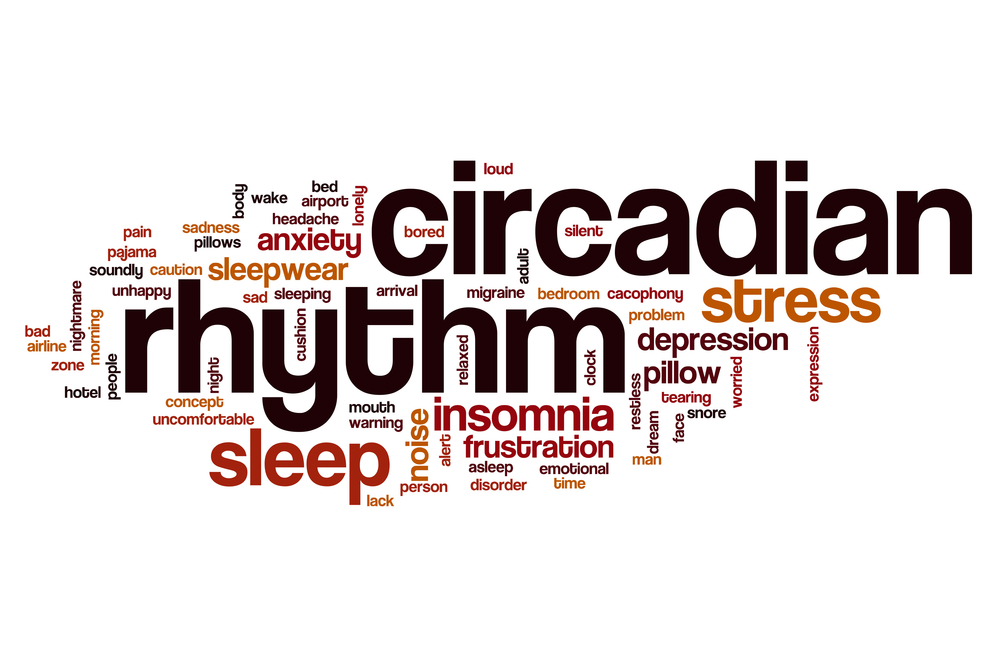Disruption of Circadian Clock May Contribute to Behavioral Abnormalities In Huntington’s Disease Patients, Mouse Study Finds
Written by |

Researchers at the University of Cambridge, United Kingdom, recently investigated the effect of methamphetamine on the circadian clock of a genetically engineered mouse model of Huntington’s disease (HD) and found that the disruption caused behavioral abnormalities in a gene dose- and age-dependent manner.
The study, “Progressive gene dose-dependent disruption of the methamphetamine-sensitive circadian oscillator-driven rhythms in a knock-in mouse model of Huntington’s disease,” was published in Experimental Neurology.
HD is a neurodegenerative condition affecting the motor neurons and leads to progressive behavioral and cognitive decline. Symptoms of HD include difficulties in movement, speaking and swallowing, which often start earlier in life and become noticeable at the age of 35 to 44 years.
Sleep disturbances also are among the symptoms associated with HD, including alteration in circadian clock (circadian oscillator), which allows most living things to coordinate their biology and behavior as a function of the day-night cycle.
In a mouse model with HD, studies have shown that sleep activity rhythms controlled by the brain section called suprachiasmatic nucleus, which regulates the physiological circadian rhythms, vanishes entirely at 4 months of age. Furthermore, rhythms induced by a second circadian oscillator named methamphetamine-sensitive circadian oscillator (MASCO), associated with the strong stimulant of the central nervous system named methamphetamine, were found disturbed at early age and could not be generated after 2 months of age.
In this study, researchers examined the influence of HD mutation on MASCO-driven rhythms in genetically engineered mouse with HD. MASCO was induced through the administration of low dose of methamphetamine mixed in drinking water.
The researchers then assessed the locomotor activity under constant darkness conditions in the genetically engineered mouse and a wild-type mouse. This was performed at different points of age: 2 months (presymptomatic), 6 months (early symptomatic), and 12 months (symptomatic).
The results revealed that all examined mice expressed MASCO-driven rhythms at 2 months of age, independently of their set of genes. As the mice became older, the genetically engineered HD mice showed a progressive deficit in MASCO rhythms, dependently on gene dose.
This deficit became more noticeable at 6 months of age, where only 45% and 15% of mice with, respectively, heterozygous (two different copies of the gene) and homozygous (identical copies of a gene) set of genes showed expressed MASCO rhythms. At 1 year of age, this became worse, as only 10% of homozygous mice expressed MASCO rhythms. Finally, the wild-type mice also depicted disturbance in MASCO rhythms as it became older.
“We suggest that disruption of MASCO output is a marker of the defective dopaminergic neurotransmission in HD mice, and that this disruption could contribute to the circadian abnormalities and resulting behavioral disturbances in HD patients,” the authors concluded.





